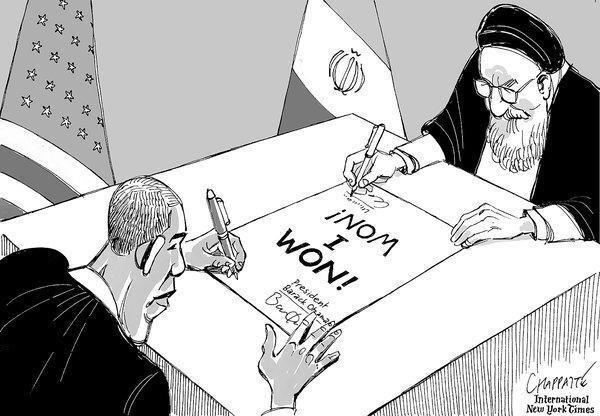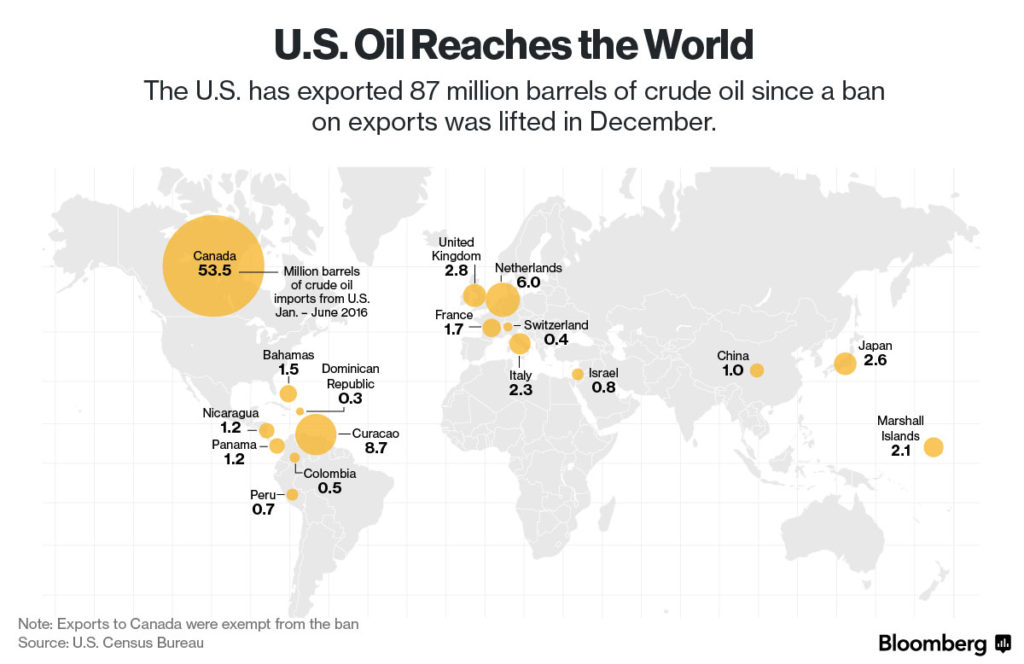
Don’t Trust, Just Verify


Don’t Trust, Just Verify


 Becoming the perfect trader is no easy task, and I daresay that nobody has been able to achieve this great feat. The perfect trader buys at the absolute low of the day and sells at the absolute high. And depending on whether the high happens first or the low happens first determines if he is long or short for the day. It’s really easy to calculate this metric. It is simply the absolute value of the daily range or the high minus the low.
Becoming the perfect trader is no easy task, and I daresay that nobody has been able to achieve this great feat. The perfect trader buys at the absolute low of the day and sells at the absolute high. And depending on whether the high happens first or the low happens first determines if he is long or short for the day. It’s really easy to calculate this metric. It is simply the absolute value of the daily range or the high minus the low.
To get an accurate handle on the concept, we first ask what time frame we will be using. For end-of-day traders or swing traders, the daily bar is your competition. If you day-trade off the five-minute bar, well then use the five-minute bar to gauge your performance.
This concept is used in system trading and because vast amounts of data are typically used, we system traders need to resort to our super-duper calculators, also referred to as our programming language. This is an example of what code looks like for our daily perfect trader. The language is TradersStudio’s version of Visual Basic, but you can get the idea and use it with any program you wish. It’s the basic loop function.
For i = FirstBar to LastBar step 1
Next
PerfectProfit = PerfectProfit + Range [i]
You’ll need to dimension your PerfectProfit variable as an array if you want it to tally up daily ranges. (more…)

With the dramatic rise in gold’s popularity many still need to be educated about some of the core concepts of the gold market, such as who holds it, and who produces it. Courtesy of Money Hacker we have a useful visual representation that answers precisely these two questions. In addition, here are some of the most useful and trivial factoids about gold, that have no bearing on its price whatsoever, but serve as perfect cocktail small talk.
Click Image to ENLARGE !
All Gold Ever Mined – The total amount of gold ever mined is estimated to be worth around US$5 trillion.
How Gold is Used – You might have though (like me) that most of the gold in the world stored in bank vaults and lock-boxes? Actually, 78 % of the worlds’ gold is made into jewelery. Other industries, mostly electronics, medical, and dental, require about 12%. The remaining 10% of the yearly gold supply is used in financial transactions. (more…)

Technically Yours/ASR TEAM/BARODA


 Frank Norris, author of The Pit, wrote this short story in the early 1900s. It’s critical of the grain trade as it paints the farmers and consumers as victims. Still, the story is a very quick and easy read. Also attached to this link are some other great stories of the old and new west.
Frank Norris, author of The Pit, wrote this short story in the early 1900s. It’s critical of the grain trade as it paints the farmers and consumers as victims. Still, the story is a very quick and easy read. Also attached to this link are some other great stories of the old and new west.
Many valuable trading lessons here.